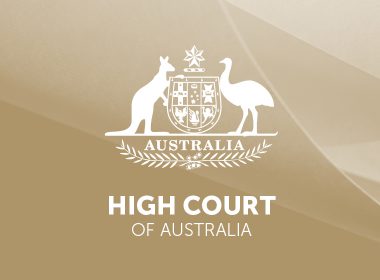Key decisions
- Talacko v Talacko [2021] HCA 15
TORT
Unlawful means conspiracy
Charles Dickens great literary work Bleak House centres on the fictional legal proceeding of Jarndyce v Jarndyce, a legal dispute between family members that carried on through several generations. In Victoria, the courts had its own, real life, version of Dicken’s fictional case which culminated in the High Court decision of Talacko v Talacko [2021] HCA 15 (12 May 2021). The High Court decision is the final chapter of a legal dispute that spanned some 20 years and two generations of the Talacko family and employed a revolving door of solicitors and counsel (including this author in hearings before McDonald J and Sloss J) with multiple parallel proceedings (including proceedings for contempt: see R v Witt [2016] VSC 19).
The story begins with Alois and Anna Talacko. Alois and Anna had three children: Helena, Peter and Jan Emil. They owned substantial property which included: five buildings in the centre of Prague (the ‘Prague Properties‘), about 17 hectares of agricultural land at Repy located on the outskirts of Prague, about 0.8 hectares of agricultural land in Kbely being a suburb of Prague, a 368 hectare private forest plantation at Sucha in the north-east of Slovakia and an apartment building and adjacent vacant land in Dresden, East Germany (collectively, the ‘Properties‘). In 1948, the Talacko family fled their home in Czechoslovakia and settled in Australia. All of the Properties were seized by the communist regime then in power in Czechoslovakia or (in the case of the Dresden property) in East Germany.
Alois and Anna died in 1964 and 1984 respectively. Following the Velvet Revolution in 1989, communist rule came to an end in Czechoslovakia. Properties seized by the regime were returned, by the new Czech. Republic, to their previous owners if those owners met certain conditions which included having Czech citizenship. In 1991, Jan Emil applied for the restitution of the Prague Properties. At the time Jan Emil was the only sibling who had applied for and obtained Czech citizenship and was eligible to seek their restitution. In 1992, Jan Emil had most of the Prague Properties restored to him as well as the Repy, Kbely and Sucha properties. And here is where the trouble begins.


